
PROJECT
Bach Collegium Japan
日本発の世界的バロック音楽演奏団体のブランディング。バッハが生きた時代の書体を活かす。
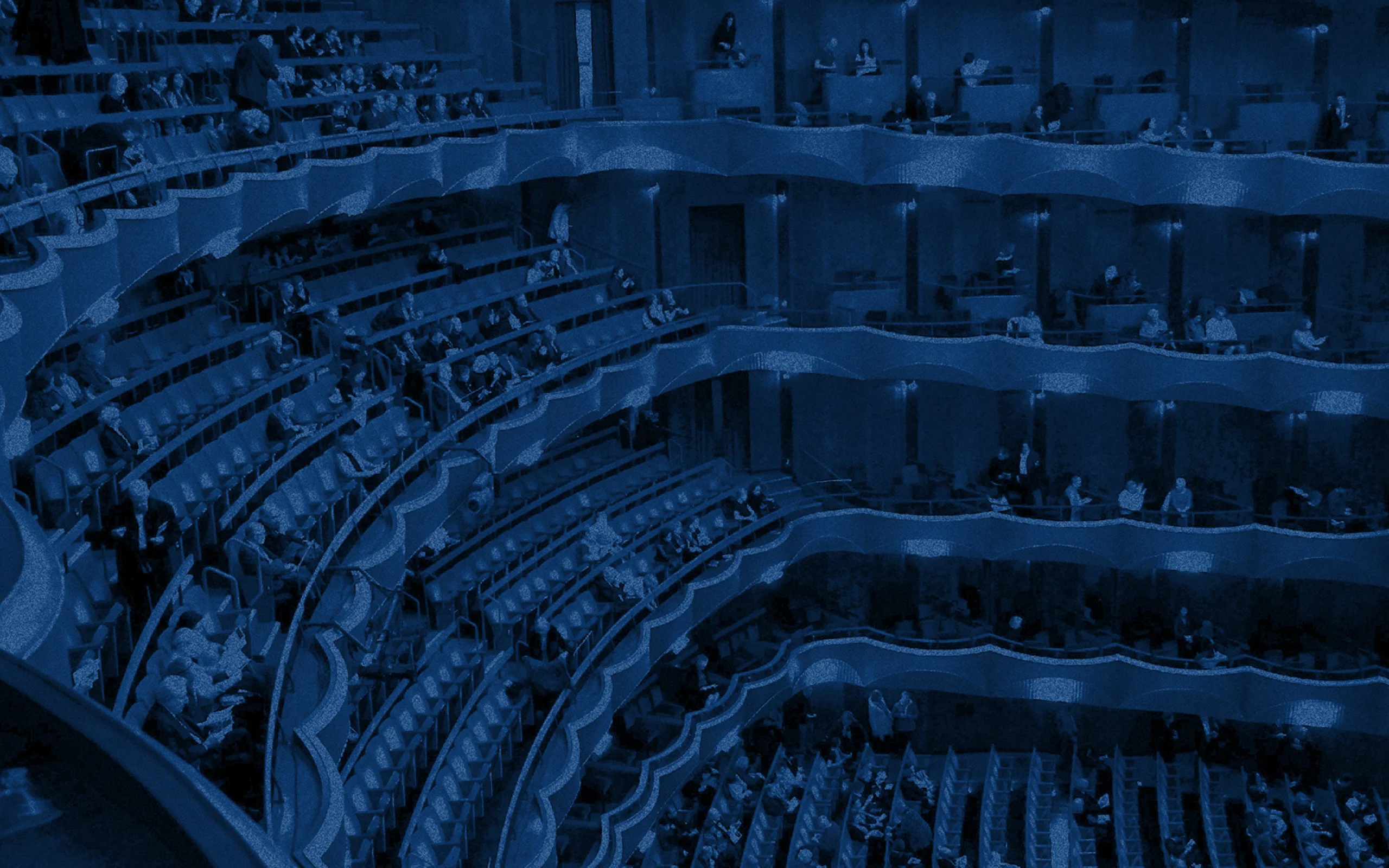
WHY
クラシック音楽は
生き残れるのか。
日本におけるクラシック音楽は、明治維新によって西洋文化の輸入が始まったことを機に広がり、年末の風物詩となった「第九」をはじめ独自の文化が育まれてきました。しかし、ファンの高齢化や音楽分野におけるシェアの低下が進み、存続が危ぶまれるオーケストラも増えてきました。
こうした逆境はあるものの、現在の日本のオーケストラは長い歴史を通じて、クラシック音楽の中心地であるベルリンやウィーンと肩を並べる技術力を培ってきました。いまや世界最高峰のベルリンフィルのコンサートマスターを日本人が務め、古典音楽研究の観点から国際的評価を獲得している楽団も存在します。
こうした日本のオーケストラの力を活かし、人類共通の財産であるクラシック音楽の文化を未来につないでいくためには、何が必要でしょうか?
HOW
古典書体を
建築図面的に表現する。
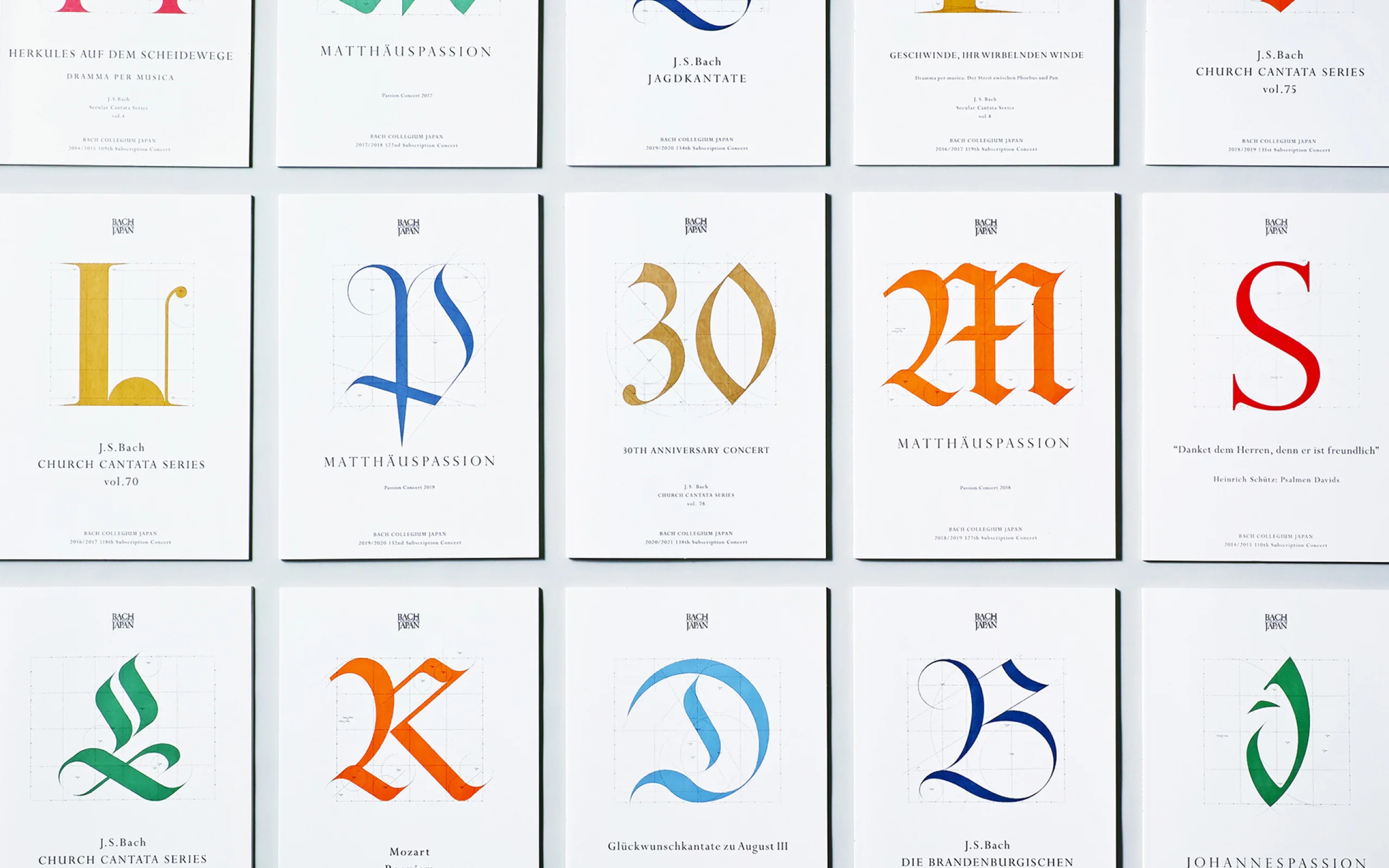
「バッハ・コレギウム・ジャパン」は、世界的なバッハ演奏家、指揮者、研究者として国内外で高く評価されている鈴木雅明氏が1990年に結成し、息子の世界的な演奏家である鈴木優人氏と共に運営するバロック・オーケストラおよび合唱団です。彼らとの出会いに恵まれた私たちは、定期演奏会の公演プログラムのデザインをきっかけに、同オーケストラのブランディングに携わるようになりました。
バッハ・コレギウム・ジャパンには、J.S.バッハの宗教作品を中心としたバロック音楽の研究機関としての側面があります。古楽器などを用いて当時のままの音を再現する公演内容は学術的価値も高いことから、当時の書体を尊重したコレクション欲求を喚起するデザインにアップデートすることを公演プログラムのテーマに据えました。
表紙には、バッハが生きた18世紀のドイツで使われていた「Uncial」や「Fraktur」などの古典書体を毎年ひとつピックアップし、書体の構造やルールを建築図面のように表したグラフィックを展開しました。作曲家が生きた時代の空気を伝えるとともに、美の構造やルールを探求し続けたバッハの建築家的な作曲スタイルや、バッハ音楽の美しさの正体を明らかにすることを試みたデザインです。また、2020年には同様のアプローチでオーケストラの30周年記念ロゴも制作し、さらにプログラム誌面のフォーマットデザインも行いました。

18世紀の建築図面(左)のスケッチをモチーフに、古典書体の構造や設計ルールをビジュアルに落とし込みました。
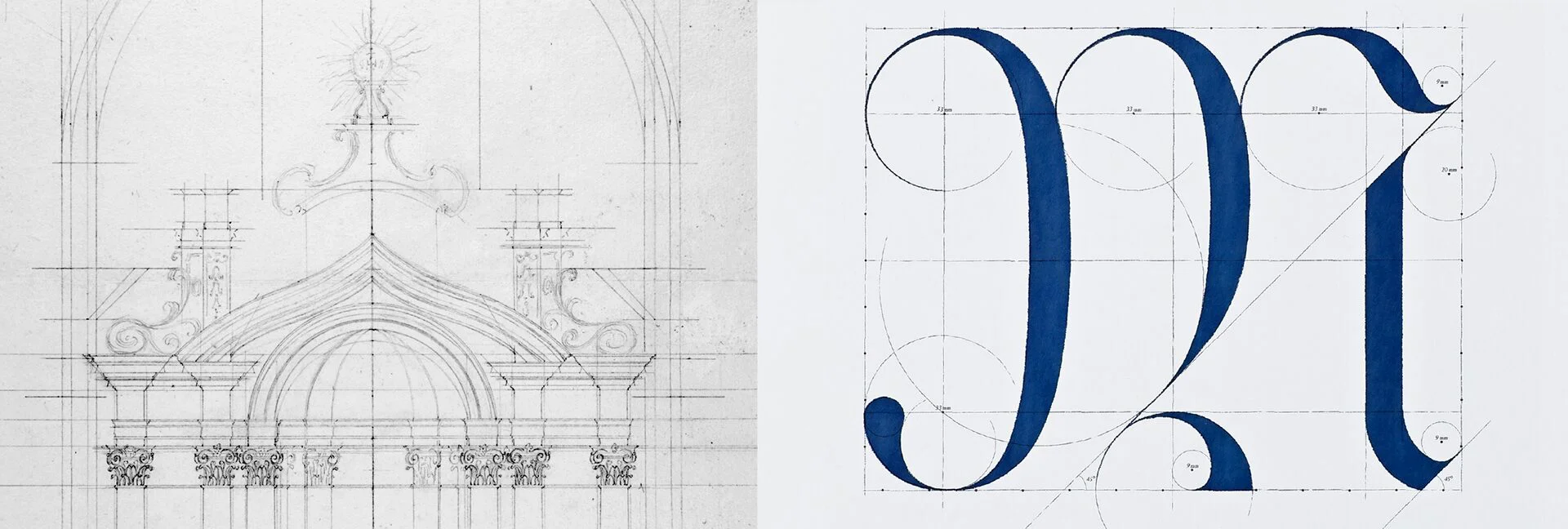
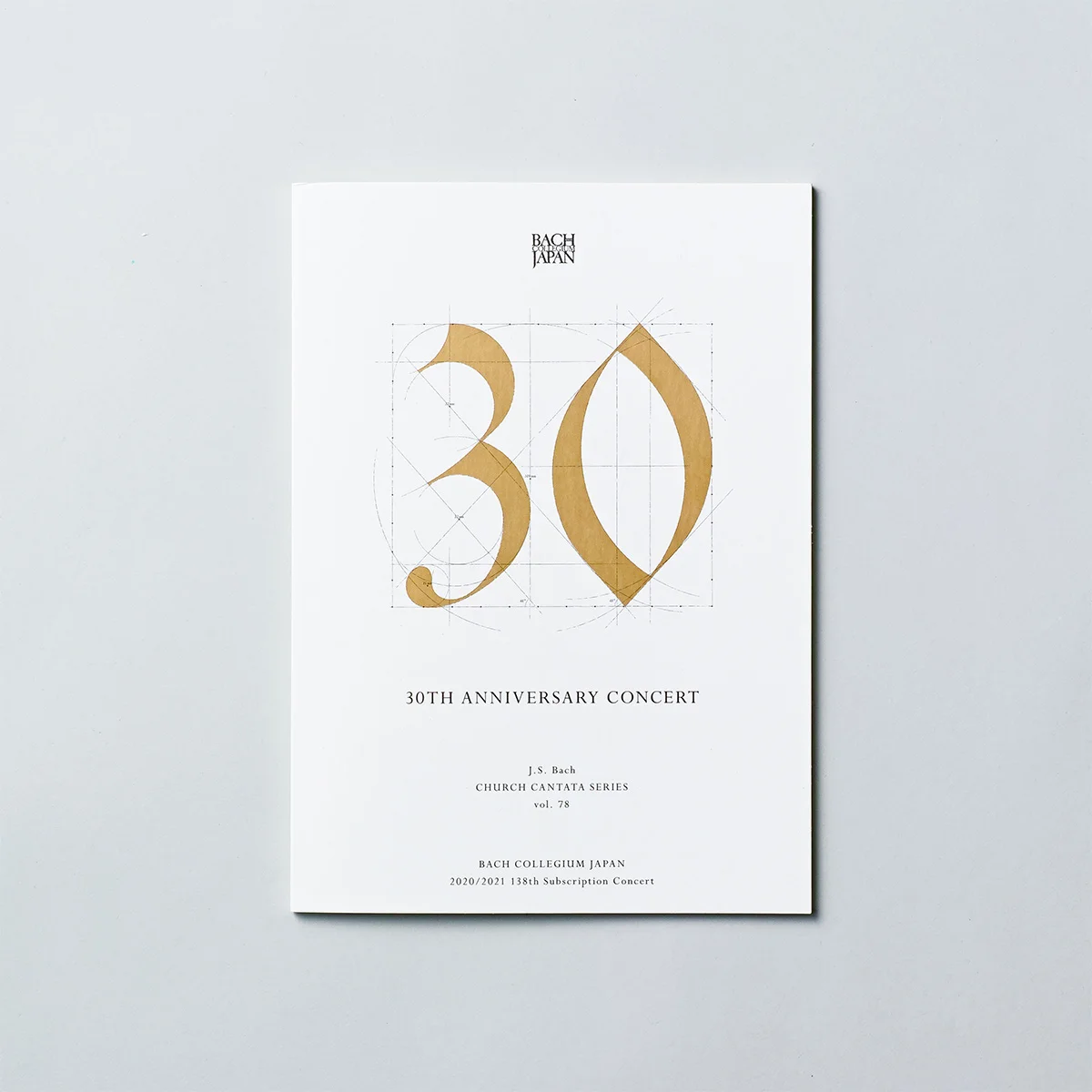



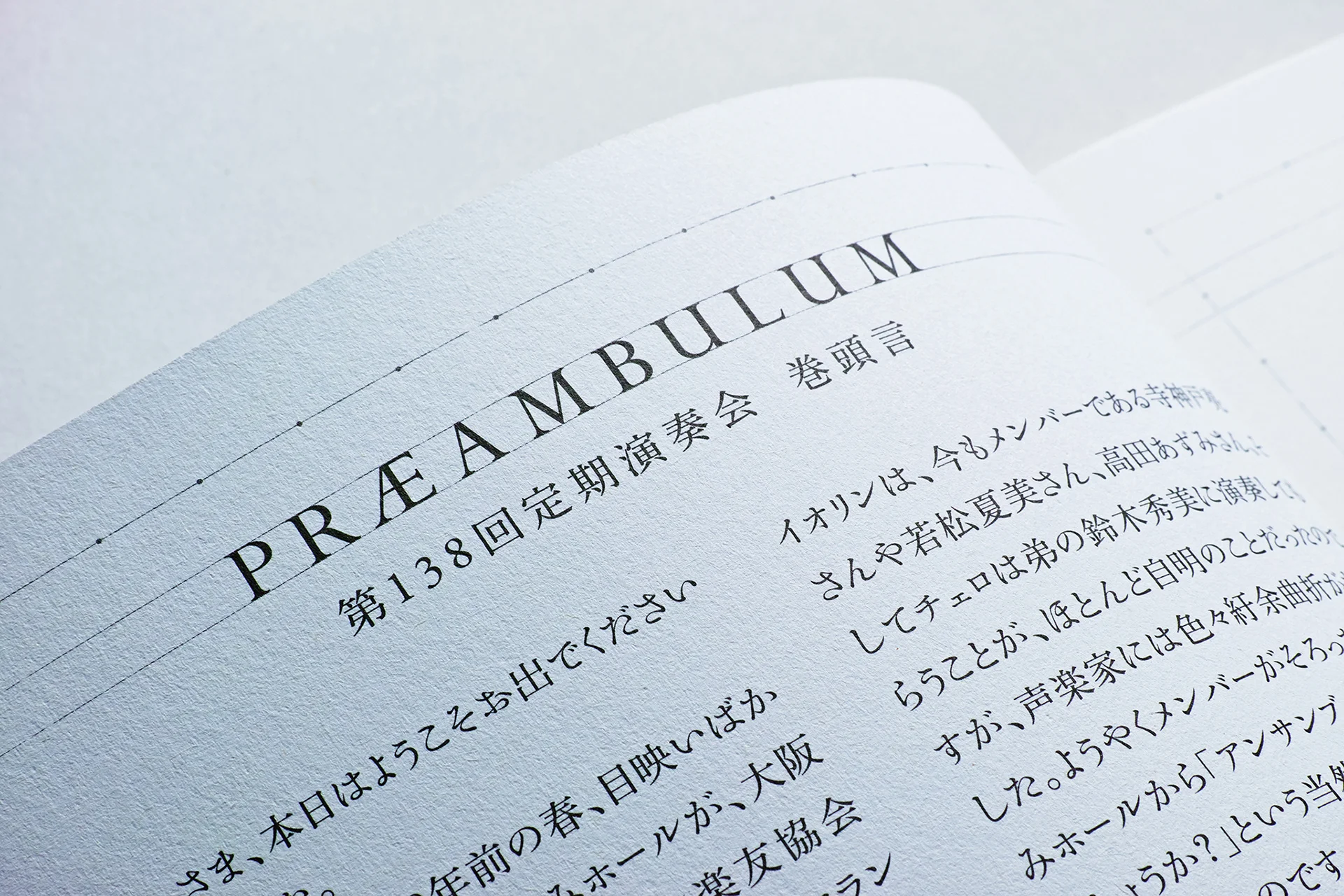
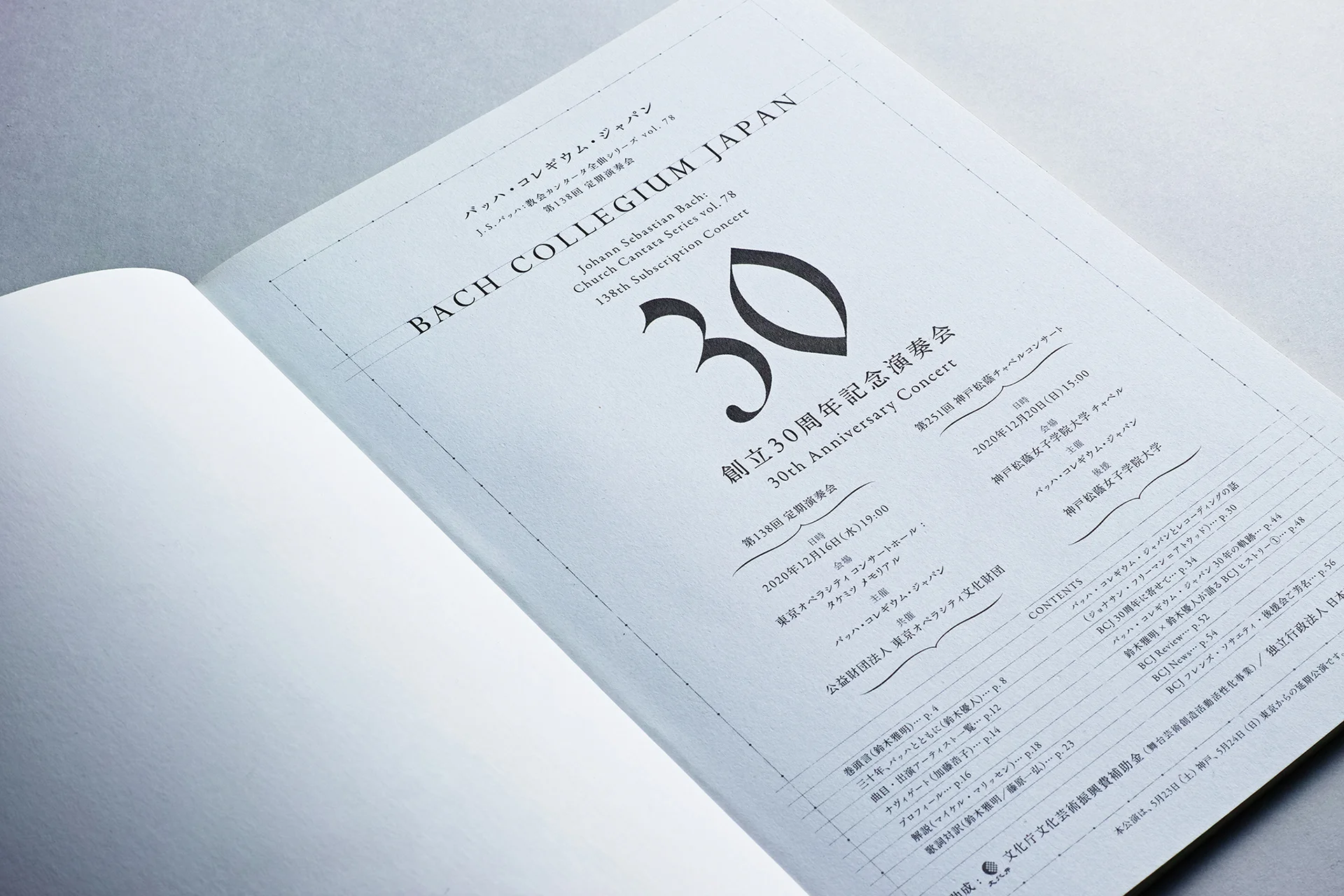
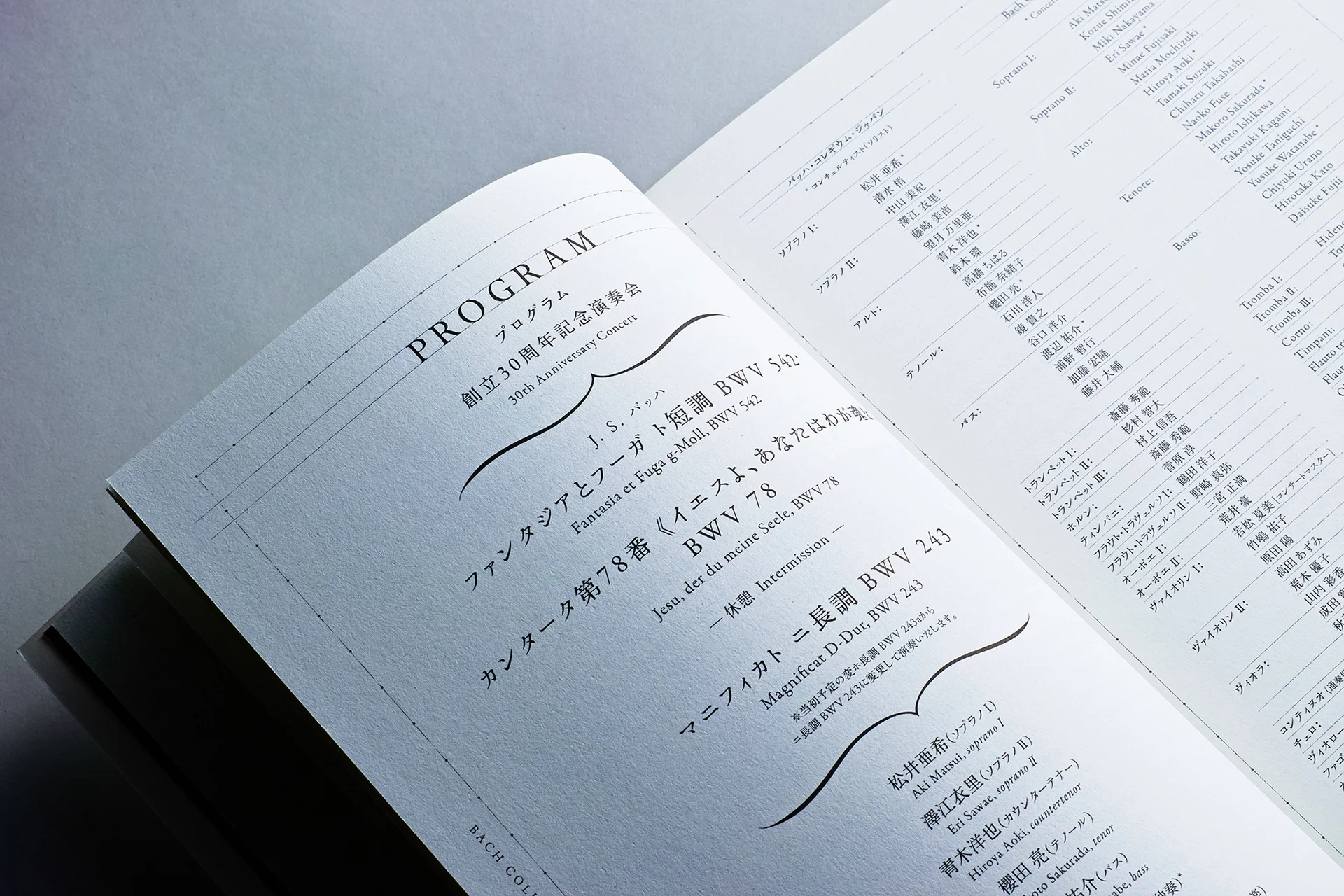
WILL
バッハ音楽の美しさが、
未来にも鳴り続ける。
2014年以降、統一のフォーマットでデザインしてきた公演プログラムは、コレクターズアイテムとして人気を博し、以前よりも購入者が増えました。これらの収益は、オーケストラの活動支援の一助となっています。
バッハが活動した18世紀のバロック音楽は、クラシック音楽の中でも古典に位置づけられるものです。いまから250年以上前の音楽を、形を変えずに守り続けているバッハ・コレギウム・ジャパンの功績は計り知れないものがあり、その存在自体が奇跡的だと言えます。今後も私たちは彼らの活動をデザインの側面からサポートし、クラシック音楽の文化を後世につなぐお手伝いを続けていきたいと考えています。
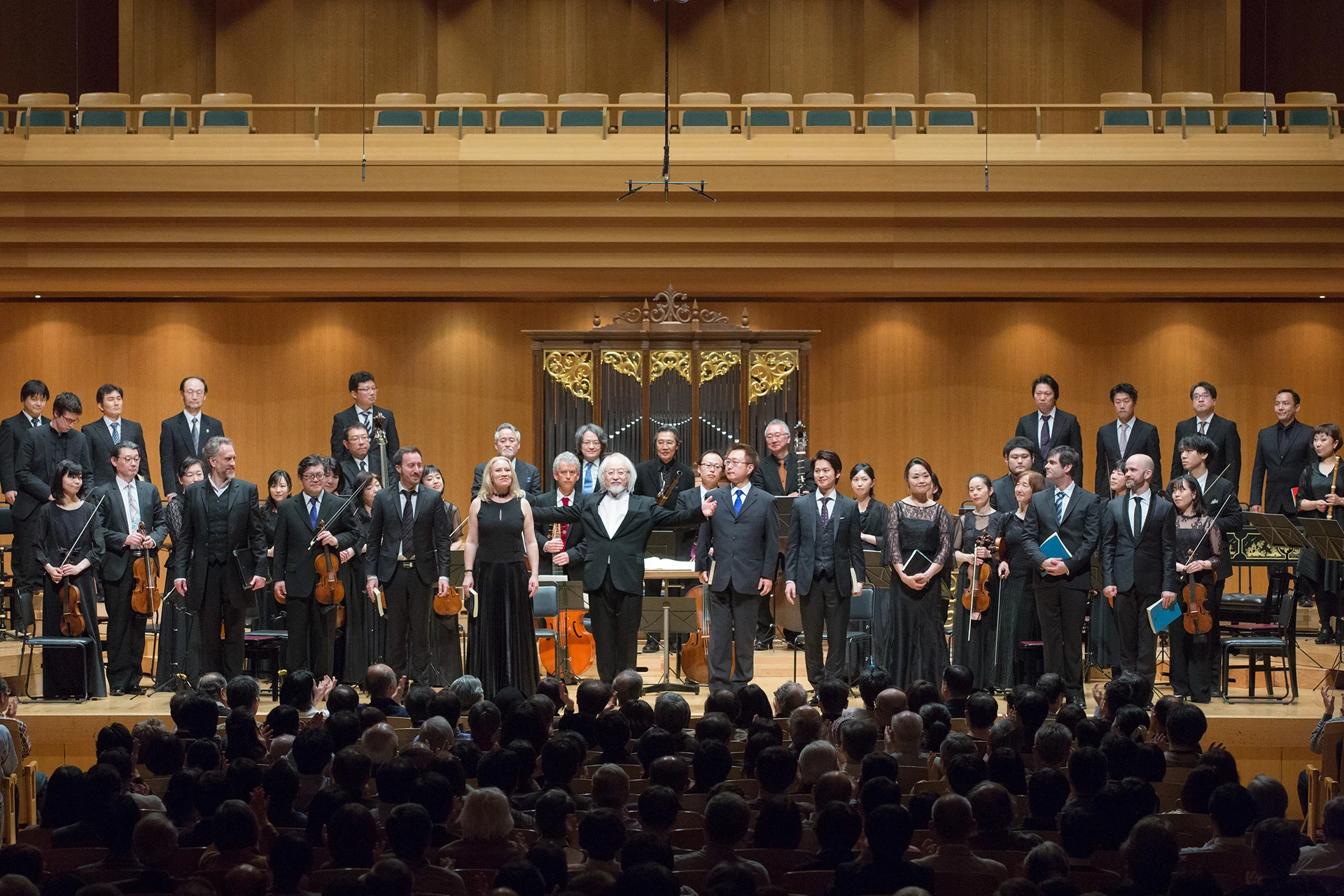
INFORMATION
- What
- Bach Collegium Japan
- When
- 2014-
- Where
- Japan
- Client
- Scope
- Book cover and inner page design
CREDIT
- Art Direction
- NOSIGNER (Eisuke Tachikawa)
- Graphic Design
- NOSIGNER (Eisuke Tachikawa, Toshiyuki Nakaie, Nozomi Aoyama, Jin Nagao)
- Photograph
- CCDN (Yuichi Hisatsugu)









